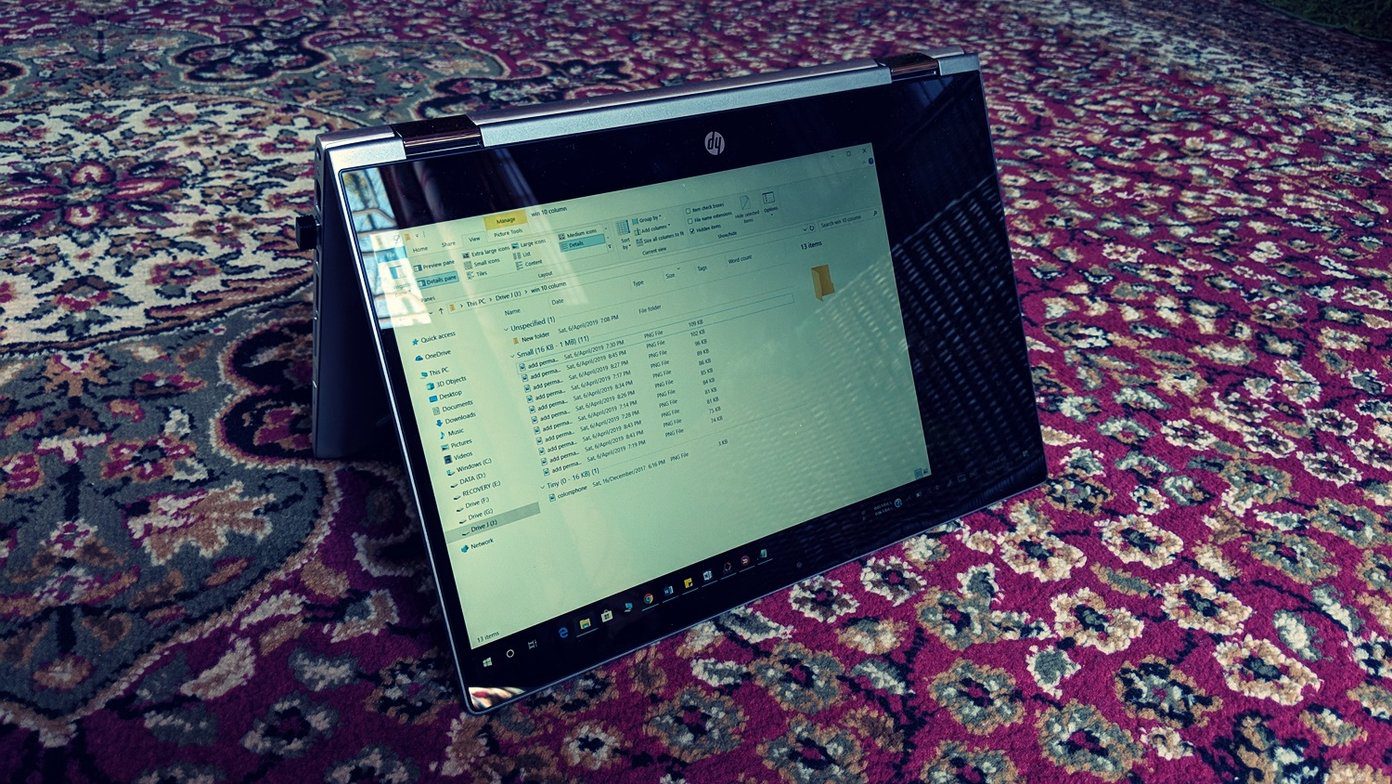Windows may deny access to files and folders to other users due to a lack of permissions. If the original owner of that file or folder is not available, as an admin, you can take ownership of the file or folder by diving deep into the file’s properties.
How to Take Ownership of Files or Folders
With administrative privileges, you can take ownership of any file or folder created by another user on Windows 10. Once you’re logged in with an admin account, here’s how to take ownership of a file or folder. Step 1: Right-click on the file or folder and select Properties from the context menu. Step 2: In the Properties window, switch to the Security tab and click on the Advanced button. Step 3: Here, the name of the current owner of the file or folder will be displayed at the top. Click on the Change button to transfer the ownership to someone else. Step 4: In the following window, under ‘Enter the object name to select’ enter a username to which you’d like to transfer the ownership. Once entered, check the validity of the entered username by clicking on the Check Names button next to it. Then click on OK. Alternatively, you can also use the Advanced button to quickly search for a username. Step 5: While changing the ownership of a folder, if you want, you can also apply the ownership change to all of its subfolders by marking the check box that reads ‘Replace owner on subcontainers and objects’ in the ‘Advance Security Settings’ window. Step 6: After that, hit Apply and then OK. Now that the ownership of the selected file or folder has been transferred, you can now grant the new owner various permissions to modify that file or folder.
How to Grant Permissions to File or Folder
After changing the owner, you’ll need to grant full access to the new owner by giving certain permissions to modify, read, write, etc. Here’s how. Step 1: Right-click on the file or folder and select Properties from the context menu. In the Properties window, switch to the Security tab and click on the Advanced button. Step 2: In the Advanced Security Settings window, click on the Add button. Step 3: In the Permission Entry window that opens, click on ‘Select a principal’ to specify the user to whom you’re giving the permissions. Step 4: Add the name of the user in the ‘Select User or Group’ window. Then click on OK. Step 5: After that, you’ll be able to select from the list of permissions under the ‘Basic permissions’. Select ‘Full control’ to grant all the available permissions. Then click on OK. That’s all there’s to it. The file or folder in question has now been transferred to its new owner.
How to Take Ownership of Files or Folders with Command Prompt
Apart from tweaking the file properties, if you’re comfortable using Command Prompt, you can also take ownership of any file or folder using the takeown.exe tool. Here’s how. Step 1: Open File Explorer and fetch the file or folder for transferring the ownership. Select it and click on the Copy path option at the top to copy the file/folder path. Step 2: Now open the Start menu, type in cmd, and click on Run as administrator on your right to open Command Prompt with admin rights. Step 3: In the Command Prompt window, type the following command and press Enter to take ownership of a file or folder. Replace the in the above command with the path of the file or folder copied in Step 1. Once done, you’ll see a confirmation stating the change of ownership. As we just saw, using Command Prompt is much quicker than going through multiple Properties windows. However, the only catch is that you can not specify a user or group while changing the ownership. Meaning, you’ll only be able to transfer the ownership to the current user or the local administrator group.
Take Charge with Ownership
Taking ownership will grant you the necessary permissions required to access or modify files and folders on Windows 10. Once transferred, you can read, write, or modify that file or folder as you see fit. Aside from the above, taking ownership can also be useful when you want to force delete files and folders or import files to the Registry Editor. The above article may contain affiliate links which help support Guiding Tech. However, it does not affect our editorial integrity. The content remains unbiased and authentic.



















